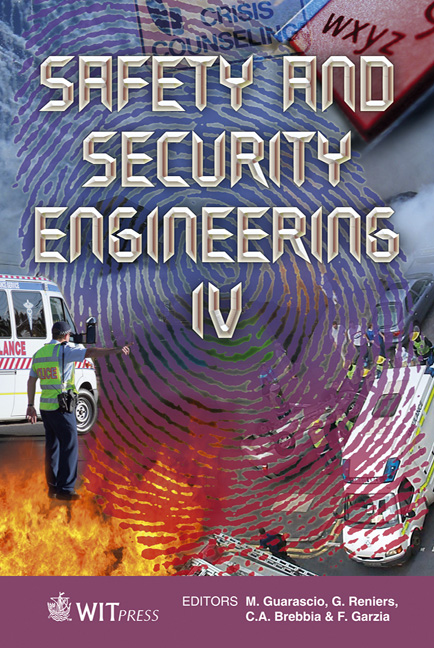Consequence Modelling Of A Dust Explosion
Price
Free (open access)
Transaction
Volume
117
Pages
10
Page Range
197 - 206
Published
2011
Size
517 kb
Paper DOI
10.2495/SAFE110181
Copyright
WIT Press
Author(s)
N. A. Rahman & M. S. Takriff
Abstract
A dust explosion is a serious hazard in process industries where combustible dust is handled. Dust explosion commonly occurs in a confined space such as a silo, a vessel or a warehouse. Based on industrial accidents involving a dust explosion, it may cause death, injuries and property damage. Therefore, a practical approach for integrated risk management of dust explosion hazards is required. This research focuses on the development of a spreadsheet tool for predicting the severity of dust explosion. The consequence modelling is required to enable the assessment of risk associated with dust explosion. Various published models were studied for initial work of consequence modelling. Parameters considered were the dust deflagration index (Kst), the maximum explosion pressure (Pmax), the maximum rate of pressure rise (dP/dt)max and the laminar burning velocity (Slbv). Reliable value for these dust explosion parameters have been tabulated based on closed vessel laboratory tests. A case study of dust explosion involving maize starch in closed vessel was used to test and validate the developed consequence modelling tool. The modelling result was discussed by comparing the predicted value against experimental value. The spreadsheet tool that was developed in this work can be used for the purpose of risk management of a facility associated with dust explosion hazards. It can be used to assist the application to combustion suppressant agent and design of explosion venting to prevent and mitigate the consequence of dust explosion. Keywords: dust explosion, consequence modelling, risk assessment. 1 Introduction Dust explosion will occur when five elements called \“Explosion Pentagon” is fully occupied. The first three elements needed to cause a dust fire (fire triangle) are combustible dust (fuel), ignition source (heat or spark) and oxygen in air. N.
Keywords
dust explosion, consequence modelling, risk assessment





